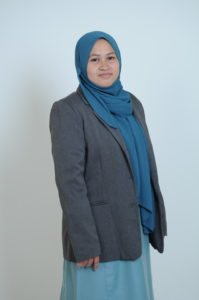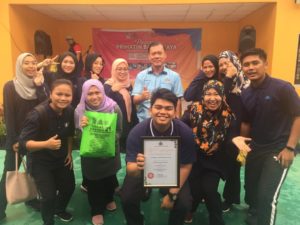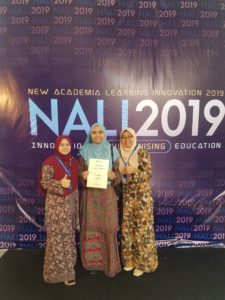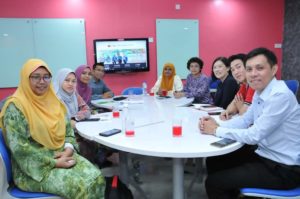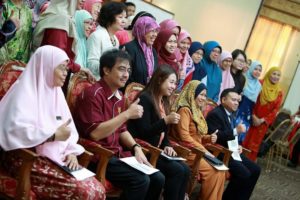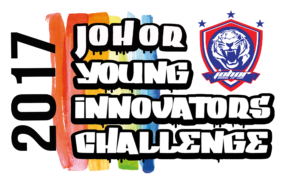STEM was first introduced in Malaysia under the Malaysian Education Development Plan (PPPM) (2013-2025). According to Ministry of Education Malaysia (2016), STEM refers to subjects field, packages and teaching and learning approaches. First, STEM refers to subject field consisting of Science, Technology, Engineering and Mathematics. Examples of subject field includes Science, Physics, Chemistry, Mathematics, Additional Mathematics and Biology, while university subjects such as Electrical Engineering, Civil Engineering, Mechanical Engineering, Medicine, Biochemistry and Computer Systems and Information. In addition, Engineering and Vocational Education Technical (TVET), which is also an integral part of STEM and have high added value in industries such as oil and gas, aerospace engineering, shipping and green technology.
Secondly, STEM refers to package or learning pathways that offer STEM elective subject packages. There are three STEM packages being offered to the students which are STEM Package A, B, and C. STEM A package is including all pure Science subjects Physics, Chemistry, and Biology and Additional Mathematics. Package B, students will take (i) any two subjects of pure Science and Additional Mathematics; and (ii) at least one STEM elective (Applied Science and Technology) or non-STEM elective subjects. Package C takes at least two STEM elective subjects (Applied Science and Technology) or takes any one vocational subject (MPV) Upper Secondary Vocational Education (PVMA).
Finally, STEM refers as teaching and learning approach that integrates STEM knowledge, skills and values. This method encourages students to ask question, investigate, make analysis and use computational thinking in their learning. Example of STEM approaches that can be carried out during class such as inquiry-based learning, problem-based learning and project-based learning.



















